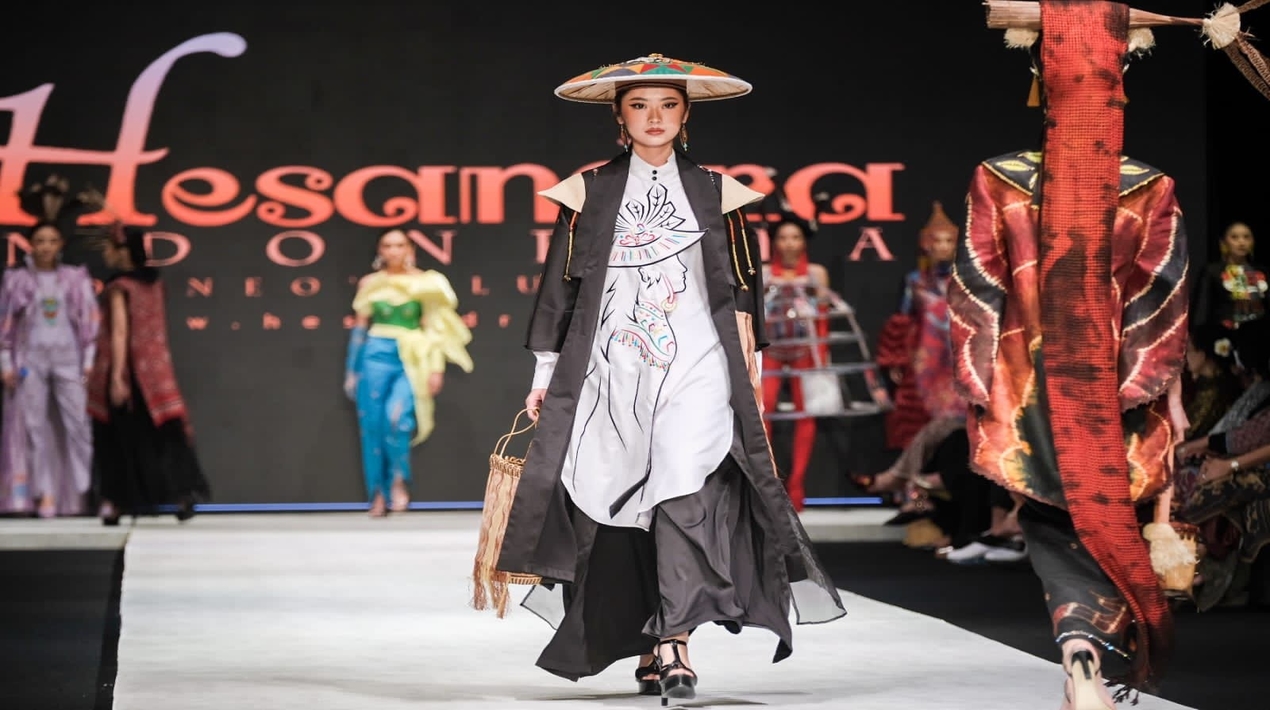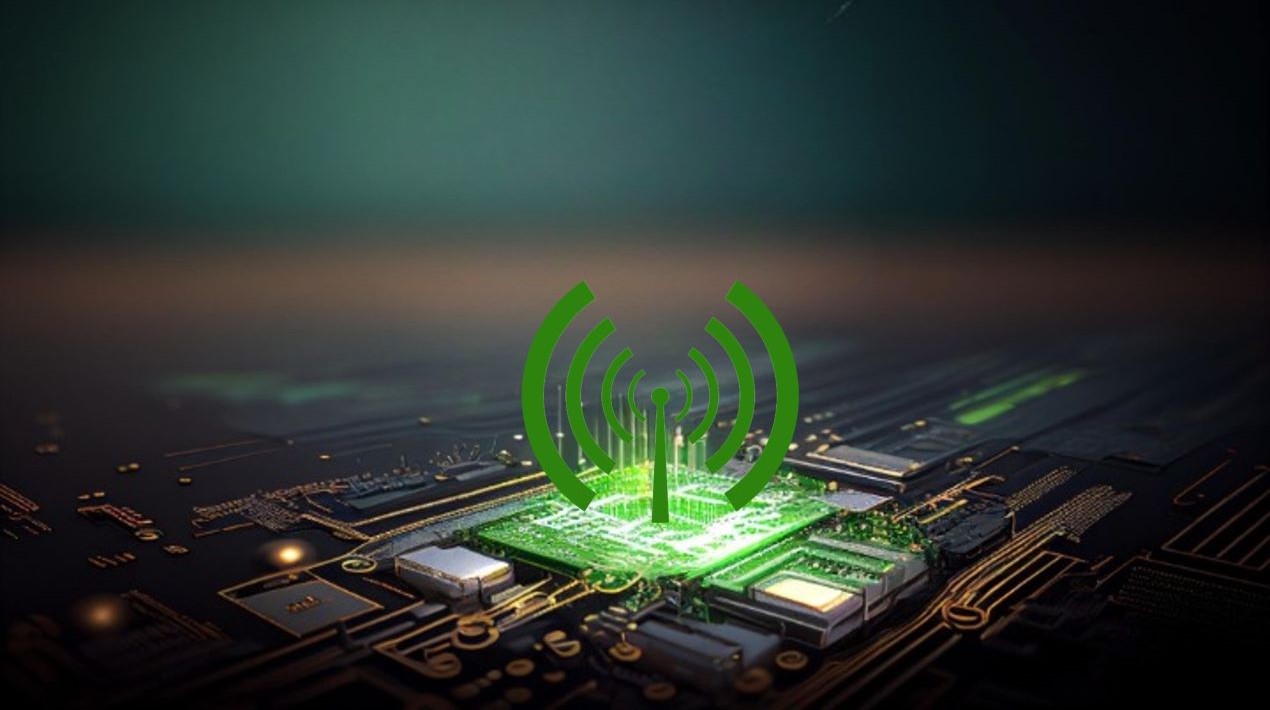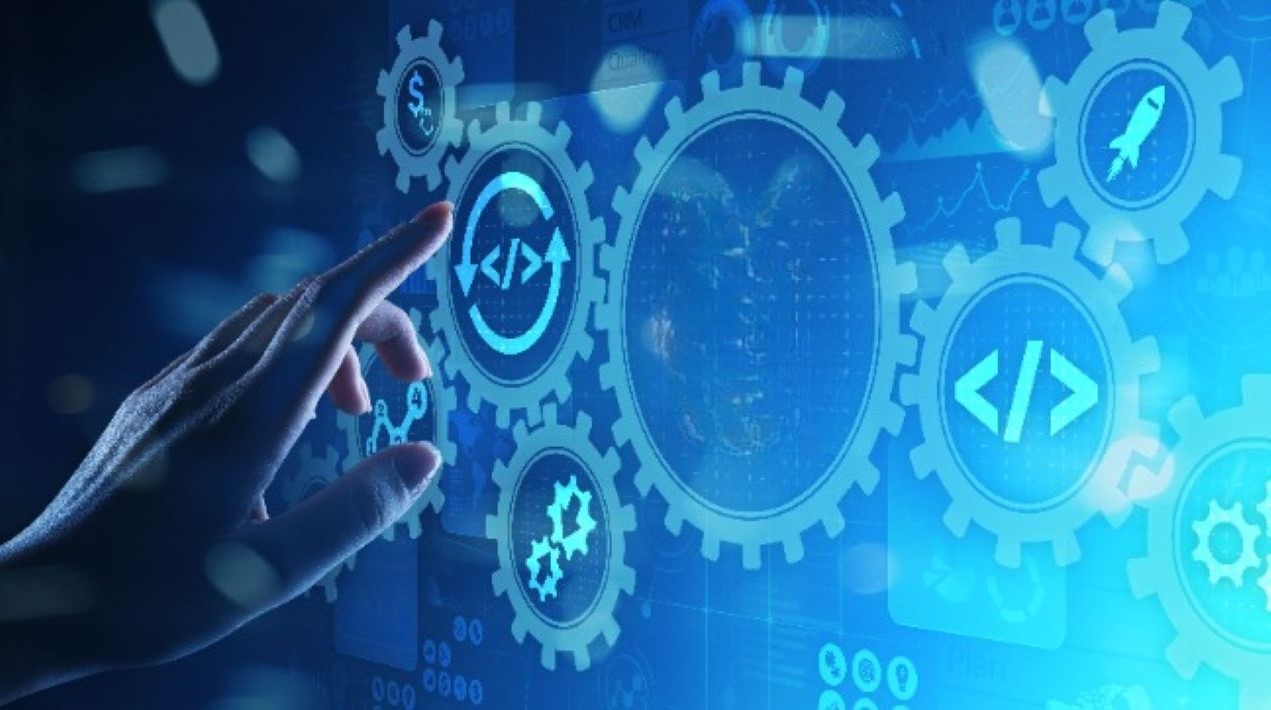
To be able to manufacture excellent and competitive products, the government is encouraging Indonesian fashion industry players to improve digitalisation and sustainability; and the digitalisation of fashion shows encouraged designers to be more inventive in their public presentations of new collections.
Angela Tanoesoedibjo, Deputy Minister, Ministry of Tourism and Creative Economy stated that the COVID-19 pandemic has transformed consumer behaviour and consumers are growing more tech-savvy. Several surveys also reveal that, despite a decreased tendency in consumption of fashion products and accessories throughout the pandemic, fashion and accessories continue to dominate e-commerce sales. She added that strengthening the digital aspect and issues of sustainability are two things that must be anticipated by Indonesian fashion industry players.
“This is an opportunity that we need to take for fashion activists in the country because the online shopping phenomenon will not stop here. Technology will continue to develop in the fashion industry and moreover, Indonesia is dominated by young people who are very close to technology,” the Deputy Minister Angela elaborated, referring to the recent online bazaars and live streaming of the Indonesia Fashion Week (IFW) that showcased Indonesian culture.
The Ministry of Tourism and Creative Economy acknowledged IFW 2022, which embraces digitisation as well as the designers that continue to present inventions and innovations to continue to thrill the national fashion sector, which grew by 52 per cent in 2021. The Ministry has urged SMEs in the creative industry, such as fashion, to become digital and seek new revenue opportunities and must take advantage of any sustainability issues.
Though the epidemic has increased public concern about environmental goals – environmental, cultural, and economic sustainability are all important considerations. Deputy Minister Angela was impressed with the numerous new local firms that use ecologically friendly materials and employ sustainable procedures. They also give training to mothers in the regions, helping them upskill themselves.
Indonesia’s Ministry of Tourism and Creative Economy is now continuing to collaborate to encourage the domestic fashion world and strengthen the Indonesian fashion ecosystem with two things, namely technological innovation, and a sustainability agenda. Local fashion industries see these opportunities to bounce back from adversity for 2 years as much as they need support as possible from stakeholders and from the government sectors.
Meanwhile, Sandiaga Salahuddin Uno, Minister, Tourism and Creative Economy cited that the Indonesian tourism and the creative market must be revitalised in the new normal period to ensure that they can develop and adapt to the digital era.
This plan will wrap up the ministry’s other initiative, #BeliKreatifLokal or #BuyLocalCreative, which was launched during Wishnutama’s tenure. The initiative intends to help entrepreneurs and small and medium-sized businesses in the creative industries, including fashion, gastronomy, and craft, recover from the effects of the epidemic.
This is a national effort to encourage micro, small, and medium-sized businesses (MSMEs) to adopt digital and generate more locally unique products by emphasizing local knowledge as a key feature.
Sandiaga added with their enormous potential, the tourism and creative industries are thought to be able to contribute more to the national GDP. Indonesia is rich in cultural diversity and local culture, including traditional culinary, music, and art performances, in addition to gorgeous natural tourism destinations. Indonesia has a lot to offer, with over 199 traditional dances, 724 traditional languages, and 1,340 ethnicities.
Product diversification and the development of tourism locations outside of Bali will undoubtedly become a successful technique for attracting more tourists to Indonesia. At the same time, the creative economy sector that surrounds the tourism industry is predicted to grow with the help of technology and innovation.
“This is a national campaign to support micro, small, and medium enterprises [MSMEs] to go digital and produce more local innovative products by maximising local knowledge as their main characteristics,” Sandiaga said.
















